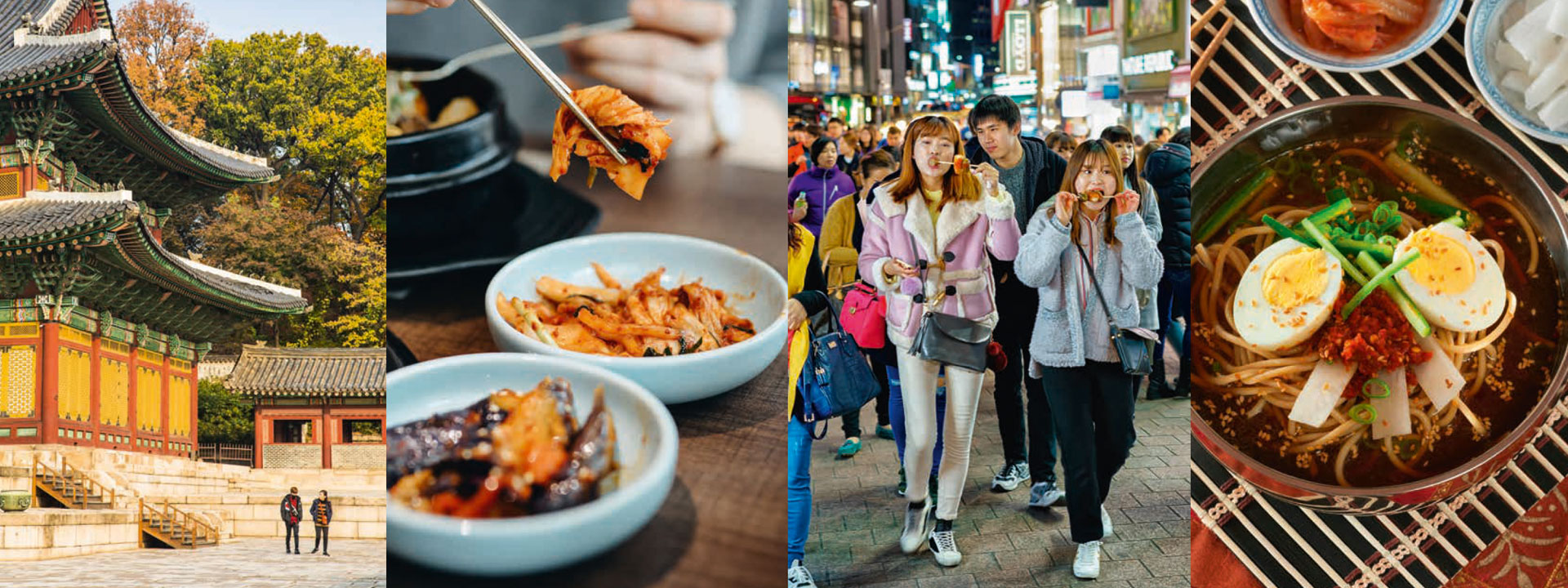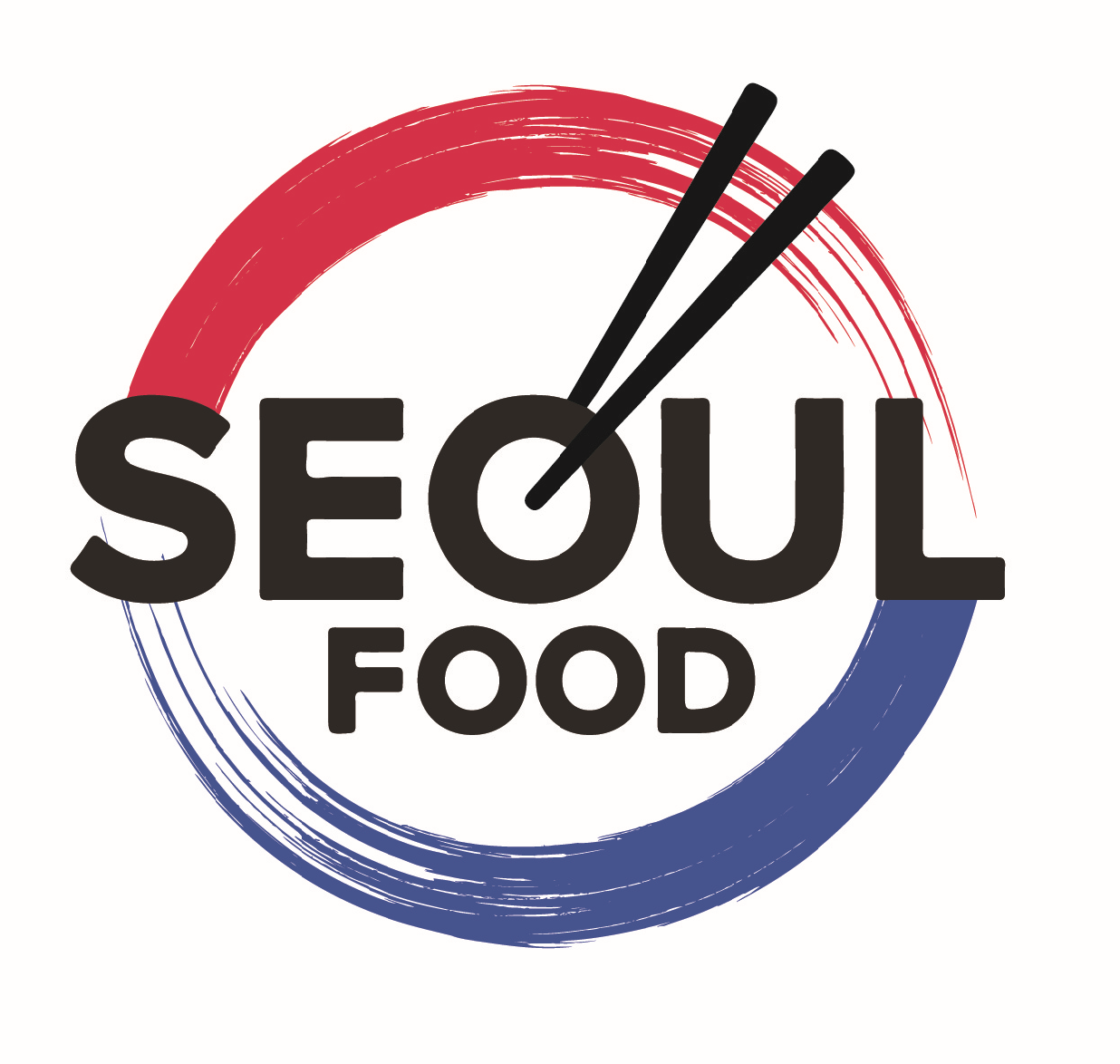A Taste of Seoul: A Historical and Culinary Journey
Seoul, the vibrant capital of South Korea, offers a rich and diverse culinary scene that has been shaped by centuries of history and cultural exchange. From the royal courts to the bustling street food stalls, Seoul’s food culture is a testament to the city’s dynamic past and present.
A Brief History of Seoul Cuisine
- Royal Cuisine: For centuries, Seoul’s royal palace served as the center of Korean cuisine. The intricate and elegant dishes that were prepared for the royal family have had a profound influence on Korean cooking.
- Japanese Influence: During the Japanese colonial period, Korean cuisine underwent significant changes as Japanese flavors and cooking techniques were introduced. Dishes like kimbap (Korean sushi) and ramen are examples of this culinary exchange.
- American Influence: After the Korean War, American cuisine made its mark on Seoul, with fast food chains and Western-style restaurants becoming increasingly popular. However, Korean chefs have creatively adapted these influences to create unique fusion dishes.
- Global Fusion: In recent years, Seoul has become a global culinary destination, blending traditional Korean flavors with international cuisines. This fusion has resulted in a wide variety of dishes that cater to diverse palates.

Must-Try Seoul Foods
- Bibimbap: A colorful bowl of rice topped with mixed vegetables, meat, and a gochujang (red pepper paste) sauce.
- Bulgogi: Marinated grilled beef, often served with lettuce for wrapping.
- Kimchi: A spicy fermented cabbage dish that is a staple of Korean cuisine.
- Tteokbokki: Spicy rice cakes cooked in a gochujang sauce.
- Korean Fried Chicken: Crispy and flavorful chicken, often served with various sauces.
- Sundubu Jjigae: Soft tofu stew, a comforting and spicy dish.
- Japchae: Stir-fried glass noodles with vegetables and meat.
- Samgyeopsal: Grilled pork belly, a popular Korean barbecue dish.
Where to Eat in Seoul
- Traditional Korean Restaurants: For an authentic dining experience, visit a traditional Korean restaurant.
- Food Markets: Explore the bustling food markets of Seoul, such as Gwangjang Market, for a wide variety of street food.
- Hanok Villages: Experience Korean cuisine in a traditional setting at one of the many hanok (Korean traditional house) villages.
- Fusion Restaurants: Discover innovative and modern takes on Korean cuisine at fusion restaurants.

Tips for Eating in Seoul
- Be adventurous: Try new foods and explore different neighborhoods.
- Use chopsticks: Chopsticks are the primary eating utensil in Korea.
- Order multiple dishes: It’s common to share dishes with your dining companions.
- Pair your food with soju or makgeolli: These traditional Korean alcoholic beverages complement many dishes.
Conclusion
Seoul’s culinary scene is a vibrant and ever-evolving tapestry of flavors and traditions. Whether you’re a seasoned foodie or a first-time visitor, you’re sure to find something to satisfy your taste buds in this exciting city.
A Closer Look at CNN’s Top 10
While the specific ranking might fluctuate over time, here’s a general overview of the kind of restaurants that typically make it onto CNN’s list, along with the elements that contribute to their appeal to foreign diners:
-
Michelin-starred Fine Dining: Restaurants that have earned Michelin stars often make the list. These establishments provide a luxurious and refined dining experience, with meticulously prepared dishes that showcase the best of Korean cuisine.
-
Traditional Hanok Restaurants: These restaurants are housed in traditional Korean houses, offering a unique and immersive dining experience. They often serve classic Korean dishes with a focus on seasonal ingredients.
-
Modern Korean Fusion: These restaurants combine traditional Korean flavors with Western techniques and ingredients, creating innovative and contemporary dishes. They are popular among younger diners and those seeking a more experimental culinary experience.
-
Street Food Venues: CNN often highlights popular street food spots that offer a taste of authentic Korean street food. These venues are perfect for travelers who want to experience the local food culture.
-
BBQ Restaurants: Korean BBQ is a must-try for any visitor to Seoul. Restaurants that offer a high-quality BBQ experience, with a variety of meats and side dishes, are often featured on CNN’s list.
Factors Contributing to CNN’s Selection
- Authenticity: Restaurants that offer authentic Korean cuisine, using traditional ingredients and cooking methods, are highly valued.
- Taste: The food must be delicious and well-prepared.
- Atmosphere: The restaurant’s atmosphere, including the decor, service, and overall dining experience, is also considered.
- Variety: Restaurants that offer a diverse menu, catering to different tastes and dietary restrictions, are more likely to be included.
- Location: Conveniently located restaurants that are easily accessible to tourists are often featured.
To find the most up-to-date list of CNN’s top 10 Seoul restaurants, I recommend checking the following:
- CNN Travel website: They often publish articles and listicles featuring the best places to eat in major cities around the world.
- Korean Tourism Organization website: This official government website provides detailed information about Korean food and dining.
- Local food blogs and magazines: These publications often feature reviews and recommendations from food critics and locals.
Additional Tips:
- Make reservations in advance: Popular restaurants, especially those on CNN’s list, can get booked up quickly, so it’s advisable to make reservations beforehand.
- Consider using a food delivery app: Many popular Korean restaurants offer delivery services through apps like Baedal Minjok.
- Don’t be afraid to try new things: Korean cuisine offers a wide variety of flavors and textures, so be adventurous and try something new!
By exploring these recommendations and incorporating them into your Seoul itinerary, you’ll be able to savor the rich and diverse culinary landscape of this vibrant city.
♥[Trip : Seoul, Korea] You Should Visit Seoul, South Korea! (GuideBook & Map)
♥ [Trip : Busan, Korea] Come visit Busan with a long history Enjoy a unique experience here!(GuideBook&Map)
